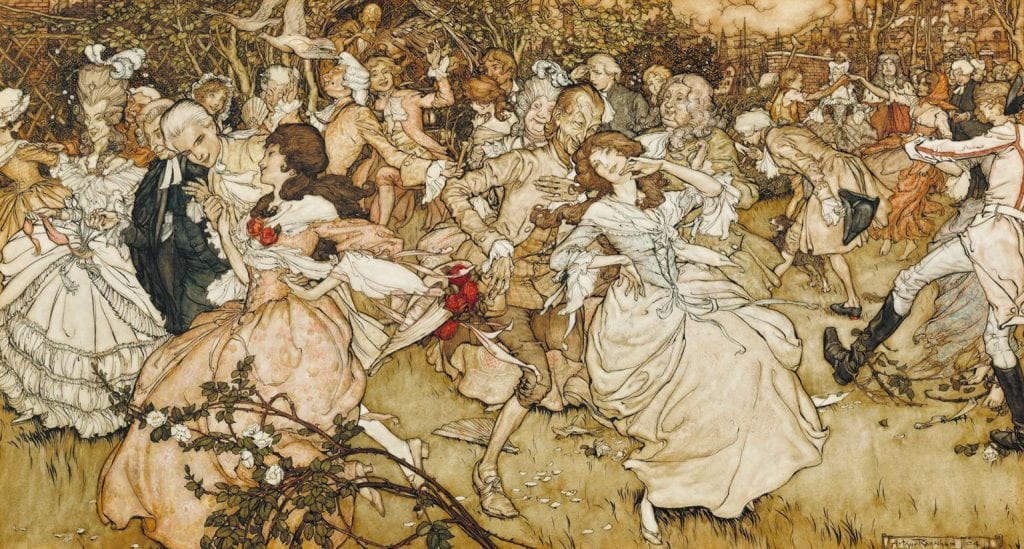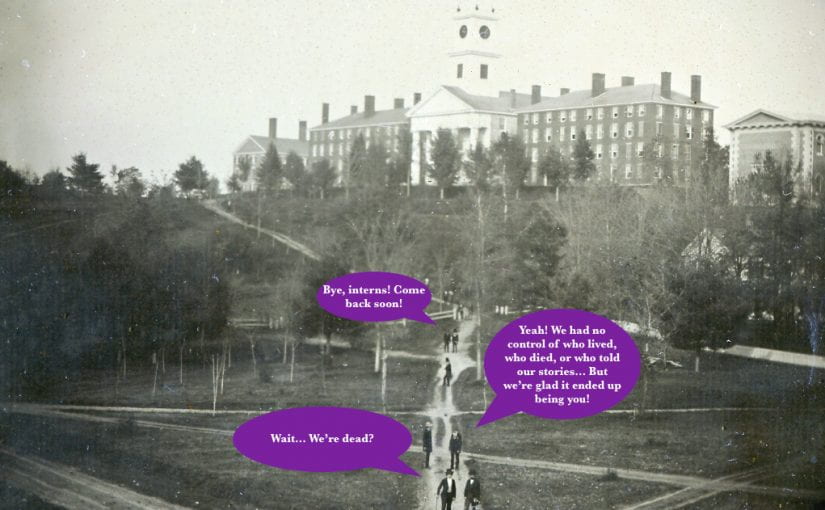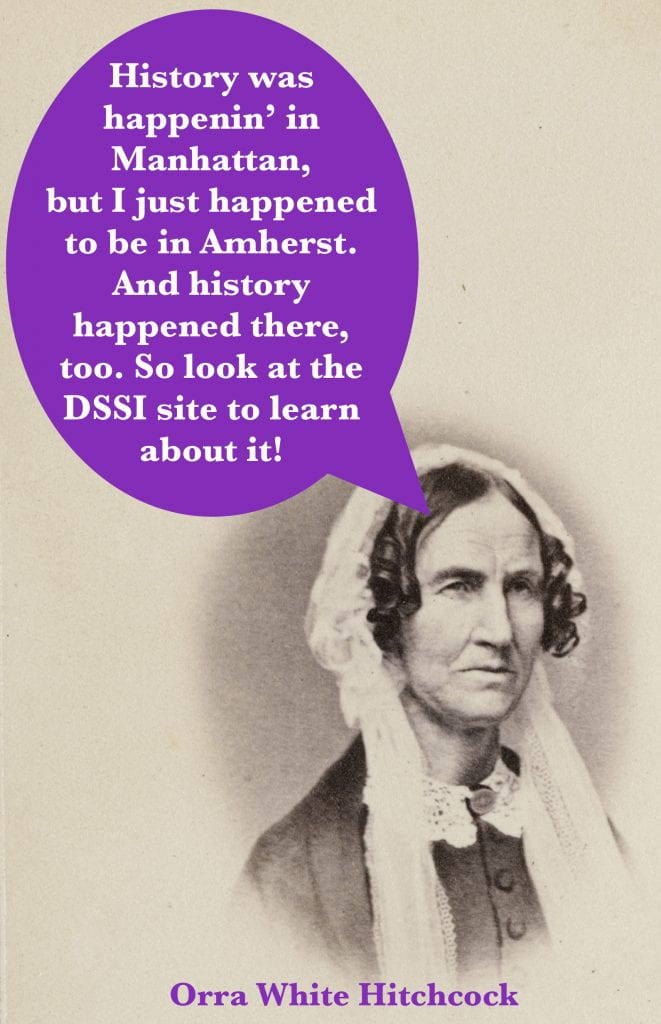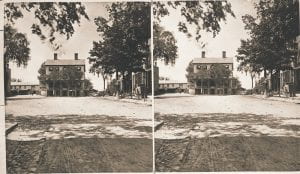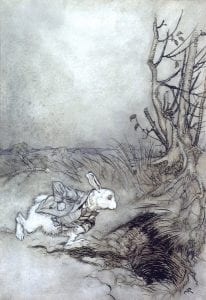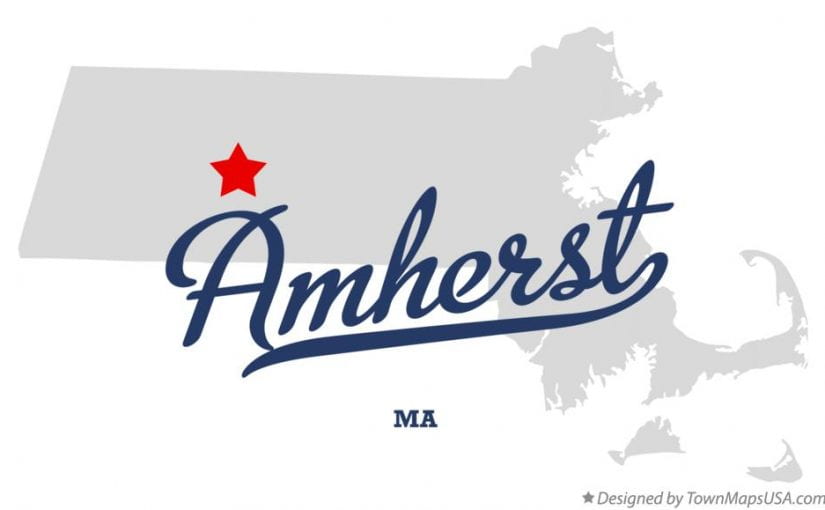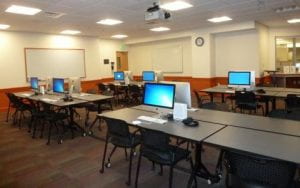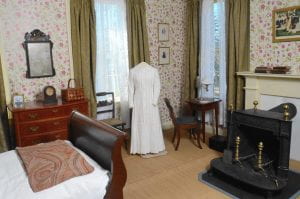People are pleased by narratives. Finding a thread, no matter how fictitious, that ties together the chaos of the world into something comprehensible comforts us.
In our haste to tidy up the past, we often erase the uncertainties, the dead-ends and empty spaces, or else we simply hold them up as foils to our successes. Often this is unconscious rather than deliberate, but there are times, too, when it’s just simpler to succumb to the tidiness of romanticization.
I can’t even recall all the sparks and sprightly ideas that flitted through my mind throughout the summer, each one shining bright with the certainty it would be vital in the final project. There is much I dreamed of that never coalesced into reality, and that’s okay. The messiness of the process is not a byproduct of poor planning or sloppy navigation– it’s a crucial part of creation.
Of all the tools we studied and struggled with and implemented this summer, it is important to acknowledge that our own intellects and insights are such in their own right. Every misstep and detour and all that messiness strengthened them, giving them more practice at interpreting data, synthesizing resources, and being flexible in expectations.
All our deliverables and proofs of concept that linger, somewhere, on the web or our hard drives or on whiteboards soon to be erased, were vital in constructing Early Amherst– a website I am quite pleased to have had a part in creating– even if no visible trace of them rests in its posts and pages.
If I had to give one piece of advice to the interns next summer, it would be this: invest in your proofs of concept. Learn to love learning, if you don’t already, and get excited about exploring. For the first half of the summer, don’t be afraid to circle around cul-de-sacs and dally in dead ends. You’ll still be sharpening your tools and methodologies.
And for the second half, as your heart grows set on certain products, start small. Collect the data for a portion, test out your software, be prepared for multiple iterations. The flexibility you learned from your earlier messiness will serve you well.
In college, there often wasn’t time for messiness. It was easy to stick to the tried-and-true methods of essay production and late night studying. Like that narrative thread, the certainty of those methods was something you clung onto to navigate the chaos.
No matter how tenacious your grip, such a strategy isn’t tenable. We were encouraged to think of our website as a work in progress, as a large proof of concept, and that is perhaps the best way to view all endeavors. Perfection will paralyze you, and no matter how much you might wish to narrativize your past into a straight line, it’s all the zigzags that make things possible. Learning to be flexible, to accept failure, and to understand that most efficient isn’t always the same as most effective, are lessons I will take with me past this internship.
In a sense, this whole experience was a proof of concept– can I work well with a team, can I allocate my stamina for a seven hour day, can I plan and implement strategies for a long-term project?
I’m not sure how much DH will play a role in my future– I am perfectly amenable to it playing a large role– but I know the skills and ways of thinking I’ve developed will aid me in any endeavor. And perhaps that’s its own form of romanticization, another fictitious thread I’m trying to weave into my tapestry, but it does, in this moment, feel very true.
In any case, I can say with certainty that working with everyone, sharing learning and laughter, dancing between the abstract, the concrete, and the absurd– all of it has been an absolute joy. Thank you!
